B-24D Hadley's Harem Bomber - Raid on Ploiesti
Romanian oil fields and refineries were the main source of liquid fuel for Germany, so they were one of the most important objects for the allied aviation. And although the first attack was made on June 23, 1941, for two years it was not possible not only to interrupt, but even to reduce the supply of gasoline and other petroleum products to the enemy. In the summer of 1943, it was decided to solve the problem radically, using at once a large number of aircraft concentrated in North Africa. Operation Tidal Wave completely failed and was subsequently referred to by pilots as "Black Sunday".
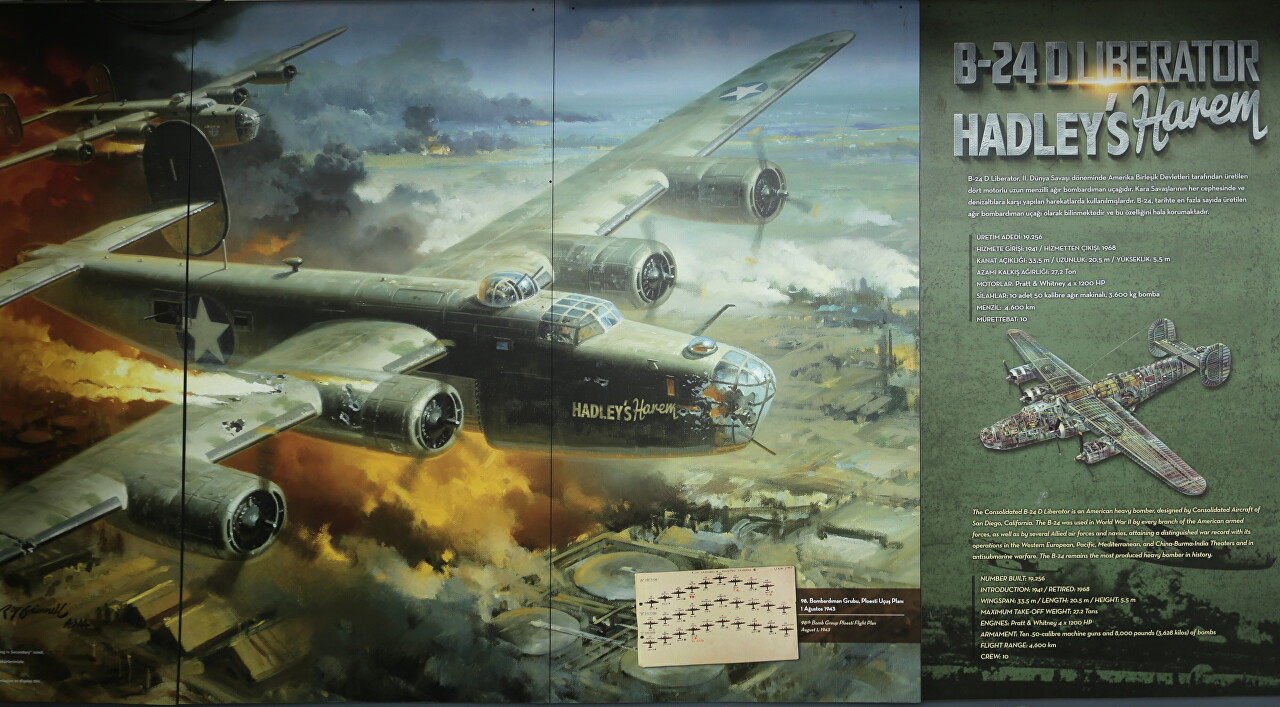
After careful preparation, which included practicing bombing on models built in the desert, on August 1, 1943, 177 B-24 bombers took off from the airfield in Benghazi in Libya and headed in five groups at low altitude towards Northern Greece, from where they were supposed to turn towards Romania. It didn't go well from the very beginning - the leader plane with the main Navigator fell into the sea, and the liberator of the second Navigator was forced to I had to return to the base for a technical reason. Over Greece, the planes got into bad weather, which made navigation difficult, and as a result, two groups instead of Ploiesti went to Bucharest. Having discovered the error, most of them dropped bombs on the first targets they hit and turned back, only 6 aircraft still reached the oil fields and bombed off as intended. The other three waves went directly to Ploiesti, but encountered the air defenses waiting for them in full force - during the flight of bombers over the Balkans, the Germans received exhaustive data on the course and number of the enemy.
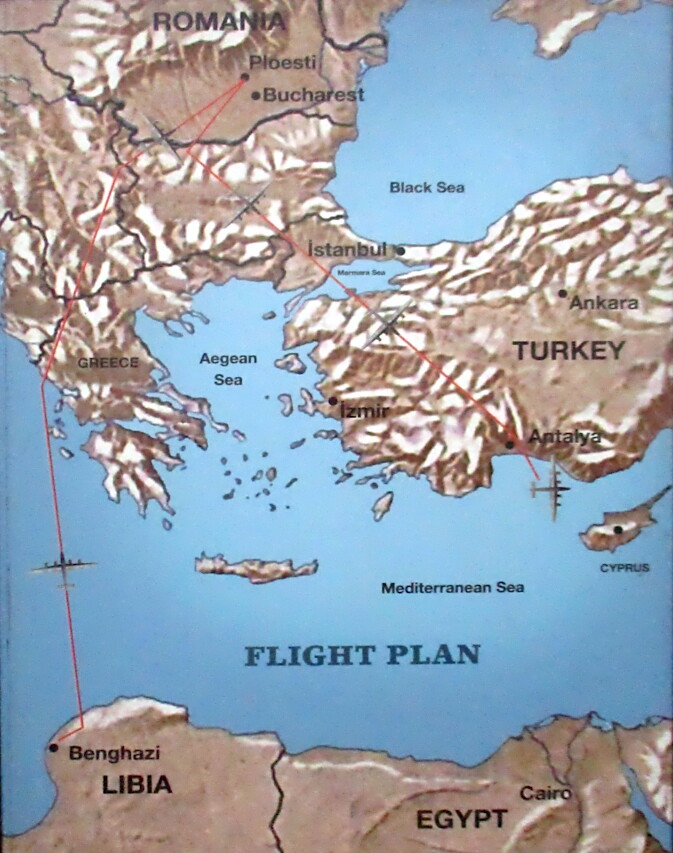
The Astra-Romana, Phoenix (Orion) and Lumia Group refineries were the most important targets of the raid, with 10 targets designated for destruction in the attack plan. This part of the mission was carried out by the 98th "the Pyramids" bombardment group consisting of 47 B-24s under the command of Colonel John Riley Kane, who received the nickname "Killer Kane" from German intelligence for effective actions. Only 39 planes reached the target.
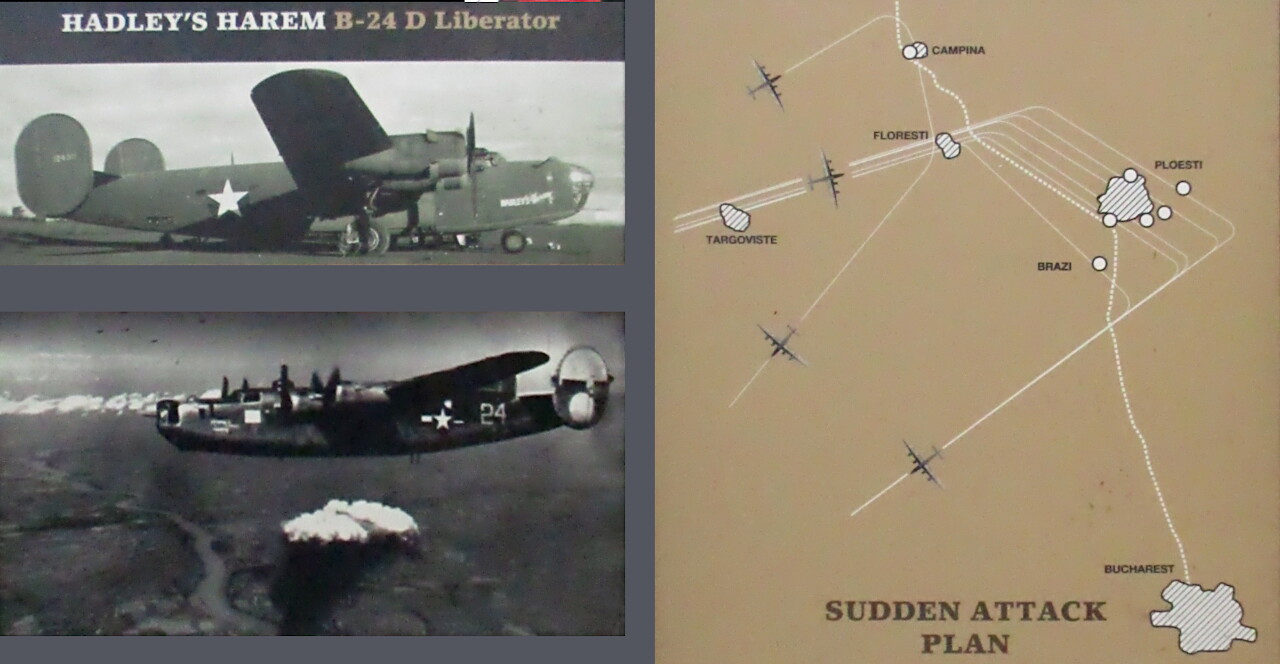
The group's left flank was led by Gilbert Hadley in a bomber named "Hadley's Harem". According to the plan, the planes were approaching the target at an altitude of 100-150 meters, it was assumed that this would reduce the effectiveness of anti-aircraft fire. However, the air defense of the factories was very strong, in addition to a large number of anti-aircraft guns in stationary positions, a rail track was laid around the factories, along which mobile artillery installations moved. Even on approach to the target, an anti-aircraft shell exploded in the bow of Hadley's Harem, resulting in the death of Bombardier Leon Storms and seriously injured Navigator Harold Tobakoff, shrapnel disabled the engine No.2. Flight Engineer Russell Page managed to manually open the bomb bay and drop the bombs, after which the damaged plane headed towards the base in Benghazi.
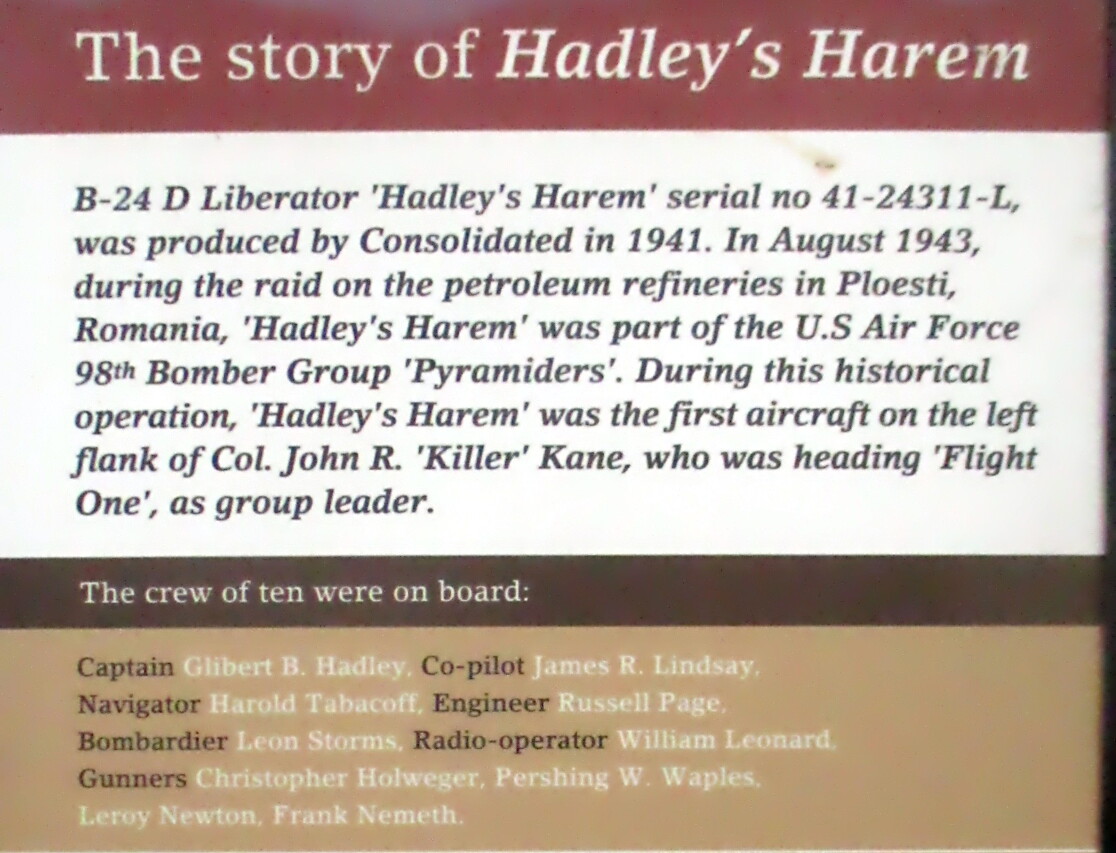
After some time, the pilots realized that it was impossible to fly to their airfield and Hadley turned the Liberator in the direction of the British air base in Cyprus. The flight took place over neutral Turkey, where you could not be afraid of German fighters, but over Anatolia stopped engine No. 3, Over mount Taurus began to drop oil pressure in the engine No. 1. Realizing that the chances of reaching Cyprus are negligible, the crew decided to land on the coast of the Mediterranean sea. During the search for a suitable location, the last two engines failed. The plane caught a wing in the water, broke and the nose went into the deep, taking with it commander Gilbert Hadley and co-pilot James Lindsay. Other crew members managed to get out and swim to shore. First aid was provided by Turkish farmers, after which the pilots were transported to the American hospital Amiral Bristol in Istanbul. The Turkish authorities did not Intern the Americans, declaring them "sailors who had suffered from the wreck", and after recovering, the surviving crew members of "Hadley's Harem" were free to return to the United States.
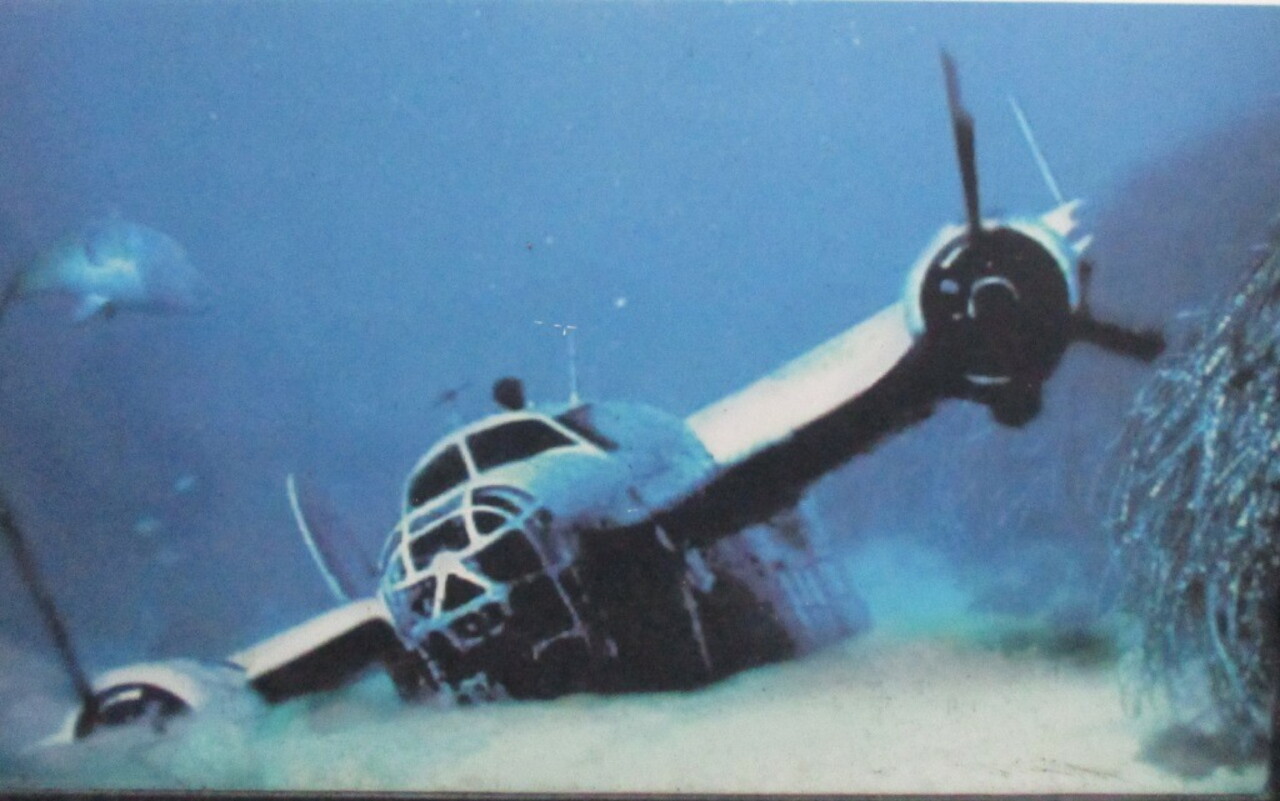
After deciphering the aerial photos the results of actions of the 98th air group were presented:
"The
damage to this group of refineries is significant, but although
production will be reduced, it is not enough to stop completely after
the few weeks needed to carry out the necessary repairs. This
is because the boiler room at the ASTRA ROMANA refinery does not appear
to be malfunctioning, although it may have sustained minor damage in a
fire at the McKee plant about 15 yards away, and that while the two most
important furnaces at the McKee plant itself are damaged and beyond
repair, the old distillery appears to be intact. Damage to the lube oil plant is likely to result in a slight reduction in production. 15 tanks of various types were destroyed and one was damaged, but this will not affect the plant's performance. At
the PHOENIX (ORION) refinery, boiler damage will result in the loss of
approximately one-third of steam-generating capacity, resulting in a
corresponding loss of production over a significant period of time. Damage to the power plant is also noted, but its size and impact on its performance cannot be estimated. 4 tanks destroyed and 2 damaged.
The LUMINA oil refinery was not damaged, except for one bomb that exploded in the railway sidings, cutting one or two tracks."
As a result of fighter attacks and antiaircraft fire, the Americans lost 41 aircraft over the target, but the rout did not end there - Luftwaffe fighters chased them on the way back, shooting down another 13 aircraft. 88 aircraft returned to the base, of which only 33 were not significantly damaged. Some of the downed bombers made an emergency landing in Turkey. The crew losses were enormous: 310 pilots were killed, 108 were captured on enemy territory, and 78 were interned in Turkey. As a result of the RAID, the productivity of distilleries fell by 40%, but 60% of the total volumes went to Germany, which continued to be shipped regularly. And after a few weeks, the work of the factories was almost completely restored. I must say that the Yankees did not lose heart, and a year later the supply of fuel to Germany still stopped. The victory was not cheap for the Americans - a total of 7,500 sorties were made on Ploiesti and 350 bombers were lost.
In 1995, everything that could be found on the bottom of the sea was lifted and delivered to the Rahmi M. Koç Museum. One of the crew members, gunner Leroy Newton, actively participated in the preparation of the exhibition "Hadley's Harem".
